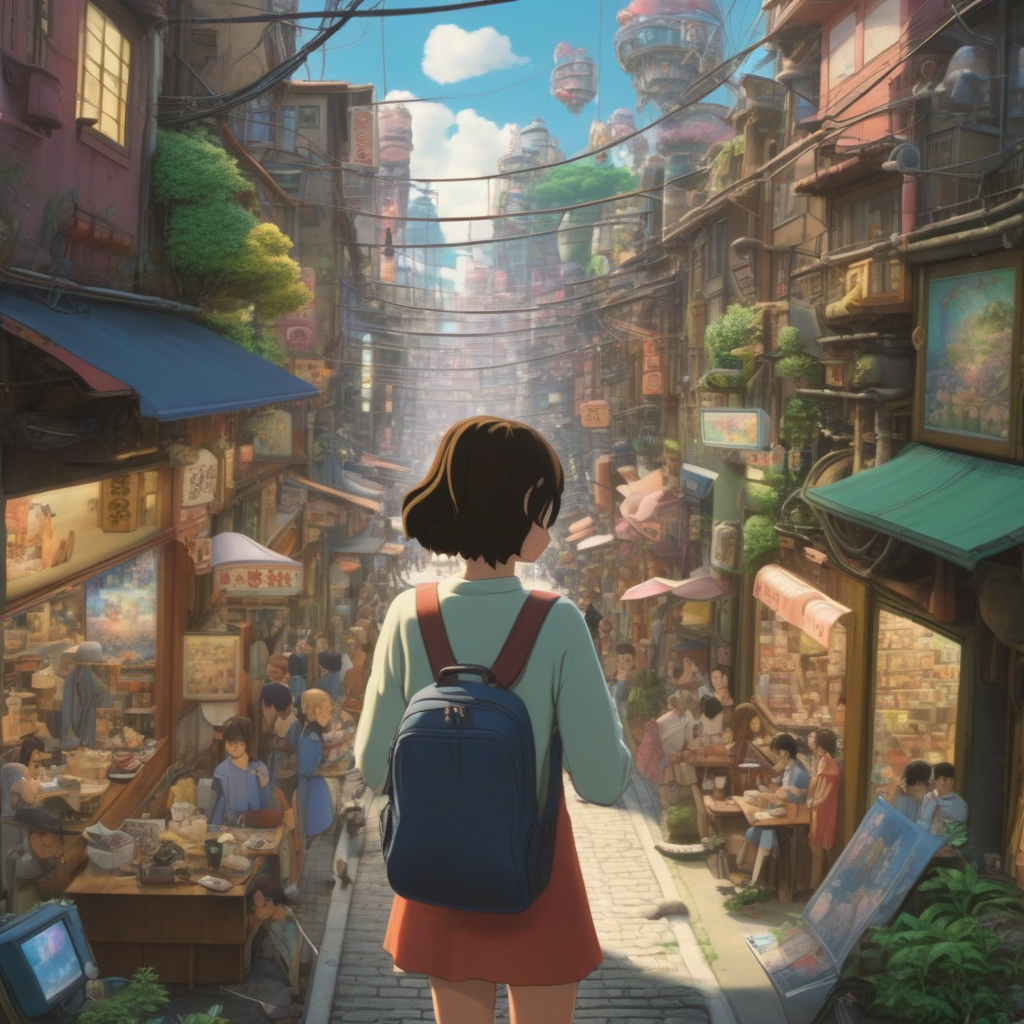The Rise of Ghibli-Inspired AI Art: Unveiling Global Dependence on AI
In recent years, the intersection of art and artificial intelligence has given birth to a remarkable trend that has taken social networks and systems by storm. One prominent example of this trend is the surge in Ghibli-inspired AI art, which has captivated audiences worldwide. This phenomenon not only showcases the growing influence of AI in the creative industry but also raises important questions about the ethical implications of this technological advancement.
The viral spread of Ghibli-inspired AI art highlights the mainstream appeal of AI-generated content. By leveraging advanced algorithms, artists have been able to recreate the distinctive style of Studio Ghibli, the renowned Japanese animation film studio founded by Hayao Miyazaki. These AI-generated artworks have resonated with fans of the studio’s iconic films, such as “Spirited Away” and “My Neighbor Totoro,” sparking widespread interest and engagement on social media platforms.
The impact of this trend extends beyond the realm of fan art, shedding light on the broader implications of AI in the creative process. As AI algorithms become increasingly sophisticated, they possess the ability to mimic human creativity and produce original works of art. This raises questions about the role of AI in the creative industry and its potential to revolutionize traditional artistic practices.
However, alongside the excitement surrounding AI-generated art, there are also ethical concerns that have been brought to the forefront by Hayao Miyazaki, the legendary director behind Studio Ghibli. Miyazaki has been vocal about his skepticism towards AI and its impact on the creative process, warning against the overreliance on technology at the expense of human expression and emotion. In a world where AI can replicate artistic styles with uncanny accuracy, the line between human creativity and machine-generated content becomes increasingly blurred.
The phenomenon of Ghibli-inspired AI art serves as a microcosm of the broader trend towards global dependence on AI. As technology continues to advance at a rapid pace, society is faced with the challenge of navigating the ethical, social, and cultural implications of AI integration. From creative industries to everyday life, AI has become an integral part of our interconnected world, shaping the way we create, consume, and interact with information.
In conclusion, the rise of Ghibli-inspired AI art represents more than just a fleeting trend—it is a reflection of our evolving relationship with technology and its profound impact on creativity and expression. As we continue to witness the convergence of art and AI, it is essential to engage in critical dialogue and reflection on the role of technology in shaping the future of the creative industry. By embracing innovation while upholding ethical principles, we can harness the power of AI to inspire, challenge, and transform the way we perceive art and culture in a digital age.
Ghibli, AI, Art, Technology, Creativity
